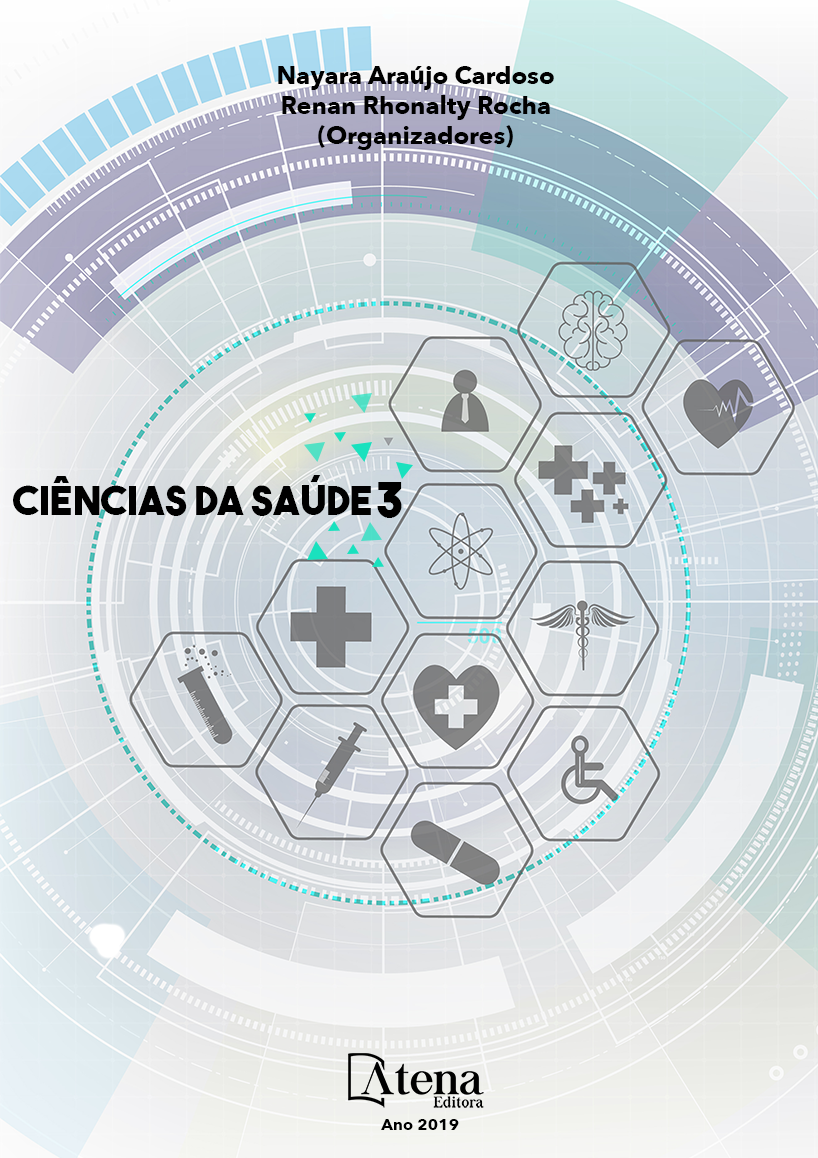
EFEITOS DA FISIOTERAPIA MOTORA NA PARALISIA BRAQUIAL OBSTÉTRICA DO TIPO ERB-DUCHENNE: RELATO DE CASO
Introdução: O plexo braquial iniciase na raiz C5, estendendo-se até a T1. A paralisia
braquial obstétrica (PBO) ocorre devido a uma
lesão dessas raízes durante o parto, o qual pode
ocasionar avulsão ou estiramento das mesmas.
Existem três tipos: Klumpke, Erb-Duchenne e
Erb-Klumpke. O estudo tem enfoque na paralisia
de Erb-Duchenne, que geralmente é ocasionada
pelo acometimento das raízes C5 e C6, dessa
maneira, o indivíduo acaba por adquirir um
padrão postural em adução e rotação interna
do braço, extensão de cotovelo, pronação
do antebraço e flexão do punho. Objetivo:
Evidenciar os benefícios da fisioterapia motora
na paralisia de Erb-Duchenne. Metodologia: O
estudo de caso foi realizado com um paciente
de 03 anos, com diagnóstico clínico de PBO
do tipo Erb-Duchenne A criança foi submetida
a dez sessões de fisioterapia motora, em
uma frequência de duas vezes semanais, no
Centro de Reabilitação e Saúde Ninota Garcia
(Aracaju-SE). Para a coleta de dados, utilizouse a ficha de avaliação pediátrica padronizada
pela instituição. A variável utilizada para
estudo foi a amplitude de movimento (ADM) do
cotovelo esquerdo, a qual foi medida através
do goniômetro. Resultados: O paciente
iniciou o tratamento fisioterapêutico com ADM
reduzida, padrão patológico de 50° para flexão
de cotovelo. Ao final do tratamento, apresentou
30° para flexão de cotovelo. Conclusão: Diante
os dados mencionados, pode-se afirmar que
a fisioterapia motora demonstrou resposta
favorável para o ganho de ADM da criança do
estudo.
EFEITOS DA FISIOTERAPIA MOTORA NA PARALISIA BRAQUIAL OBSTÉTRICA DO TIPO ERB-DUCHENNE: RELATO DE CASO
-
DOI: 10.22533/at.ed.28219180217
-
Palavras-chave: Erb-Duchenne, Tratamento, Fisioterapia.
-
Keywords: Erb-Duchenne, Treatment, Physiotherapy
-
Abstract:
Introduction: The brachial plexus
begins at root C5, extending to T1. Obstetric
brachial palsy (PBO) occurs due to a lesion of
these roots during delivery, which can cause
avulsion or stretching of the roots. There are
three types: Klumpke, Erb-Duchenne and
Erb-Klumpke. The study focuses on the ErbDuchenne palsy, which is usually caused by
the involvement of the C5 and C6 roots. In this way, the individual eventually acquires a postural pattern in adduction and internal
rotation of the arm, elbow extension, forearm pronation, and flexion of the wrist.
Objective: To demonstrate the benefits of motor physical therapy in Erb-Duchenne’s
palsy. Methodology: The case study was performed with a patient of 03 years old, with
clinical diagnosis of Erb-Duchenne type PBO. The child was submitted to ten sessions
of motor physical therapy, at a frequency of twice weekly, at the Rehabilitation and
Health Center Ninota Garcia (Aracaju-SE). For data collection, the pediatric evaluation
form standardized by the institution was used. The variable used for the study was the
range of motion (WMD) of the left elbow, which was measured through the goniometer.
Results: The patient started the physiotherapeutic treatment with reduced ROM,
pathological pattern of 50 ° for elbow flexion. At the end of the treatment, he presented
30 ° for elbow flexion. Conclusion: Based on the mentioned data, it can be stated that
motor physical therapy showed a favorable response to the WM gain of the study child.
-
Número de páginas: 15
- Rayane Santos Andrade Tavares
- Iandra Geovana Dantas dos Santos
- Jamilly Thais Souza Sena
- Aida Carla Santana de Melo Costa


